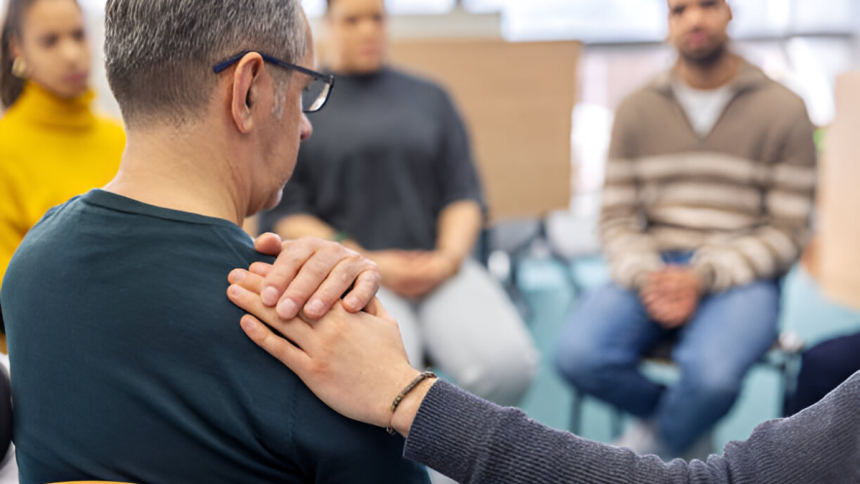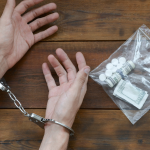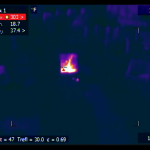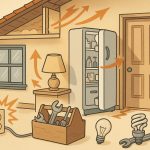There’s a point where every addict, every family member, every worn-out friend holding the phone at 3 a.m., hits a wall. Enough spirals, enough scraped knees, enough “one more time.” But the second you google addiction treatment, you’re flooded with so many acronyms it feels like studying for a pop quiz you never signed up for. Let’s clear the static about IOPs—intensive outpatient programs—and whether they’re the real deal or just another well-marketed mirage.
What IOP Really Means (And What It Doesn’t)
Most people think treatment means disappearing for months in the mountains, clutching your coffee at dawn while journaling about childhood wounds. That’s not wrong, but it’s not the only way. An IOP means you get serious treatment—therapy multiple times a week, accountability, community—without quitting your job or leaving your kids with your cousin who can’t remember to feed the dog.
It’s a treatment that sits in your real life, not outside of it. But don’t let the “outpatient” part fool you into thinking it’s half-measures. An IOP can kick your denial in the teeth while giving you structure so you’re not left white-knuckling at home, counting down the minutes to the next meeting. It’s a treatment that respects the messiness of life while still asking you to show up, do the work, and stop lying to yourself.
The Luxury Of Staying In Your Own Bed
There’s a brutal comfort in waking up in your own bed, making your own coffee, and driving yourself to therapy. It feels less like being “taken away” and more like stepping up for yourself in your own environment. People sometimes talk about how “real recovery starts when you leave treatment,” but what if you start where you are?
Even if you’re looking for a Richmond, Boston or Draper IOP, you’re not exactly in the middle of nowhere. You’ve got solid programs with experienced staff, real community support, and practical resources that don’t feel like a warehouse conveyor belt of patients. The upside? You keep your life moving while dealing with the parts that are trying to destroy you. The downside? You’re not shielded from your triggers. You’re learning to live with them, step by step.
The Community Factor You Didn’t Know You Needed
You might think you can do this alone. That’s adorable, but it’s not true. Addiction thrives in isolation, and your best ideas probably aren’t the ones that will get you clean. IOPs give you people who get it without you having to explain every detail. They see your side-eye when you say “I’m fine,” and they call you out on it.
You get therapy, yes, but you also get groups, check-ins, accountability, and the shared nod of people who understand why you wake up shaking or why your anxiety feels like a freight train some mornings. You get to walk out of therapy and go home to your own bed, but you’re not alone anymore.
And there’s nothing soft about that kind of connection. It’s often harder than you think, looking another person in the eye and saying the truth out loud. But it’s also what keeps you from sinking back into silence.
The Real World Test Drive
An IOP is your test run in the real world. You’re going to hit a stressful workday, a fight with your partner, a boring Tuesday night when you used to pour yourself a drink and hit your stash. This is where an IOP becomes your proving ground.
You’re not locked away, protected from every trigger. You’re walking past the liquor store, getting invited to happy hours, seeing the old friends who still think your addiction is “fun.” You’re testing your tools in real time.
And here’s where it can get messy. You might slip. You might want to quit the program, tell yourself you’re “fine.” That’s when you show up anyway. You learn to say, “I’m not okay,” and let someone hold that with you for a bit. You learn to fight the pull of social media dopamine, the need for that quick hit of validation, the old pathways your brain wants to slide back into. IOP gives you a space to say, “I messed up,” and keep moving forward instead of nuking your progress because of one bad day.
Knowing When It’s Enough (And When It’s Not)
IOP isn’t a magic fix. Some people need residential treatment first, especially if detox is involved or if cravings are so strong you can’t trust yourself to stay safe. If you’ve tried outpatient a dozen times and keep ending up in the same place, it might be time to consider inpatient.
But if you’re stable enough to stay home, if you have a support system, if you’re ready to commit and actually show up, IOP can be one of the most effective tools you have. It’s real-life recovery, not a bubble-wrapped version of it.
It will challenge you in ways you didn’t expect, pulling back the curtains on the excuses you’ve leaned on. It will force you to show up for therapy on days you’re exhausted, on days you’re triggered, on days you’d rather hide under the covers. But that’s where recovery happens—in the middle of your messy, busy, everyday life.
A Different Kind Of Freedom
Getting clean is about more than not using. It’s about building a life you don’t need to escape from. An IOP is one way to do that while staying connected to the life you’ve got. It’s not easy, but it’s real. You’ll face your triggers while learning how to live alongside them, and you’ll start to build something stronger than the addiction that’s been running the show.
If you’re at the point where you’re ready to stop the spin and start living in your own life again, an IOP might be the door that’s worth opening. Recovery isn’t about disappearing. It’s about showing up, again and again, until the person you’re becoming starts to feel like home.
Lynn Martelli is an editor at Readability. She received her MFA in Creative Writing from Antioch University and has worked as an editor for over 10 years. Lynn has edited a wide variety of books, including fiction, non-fiction, memoirs, and more. In her free time, Lynn enjoys reading, writing, and spending time with her family and friends.















